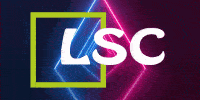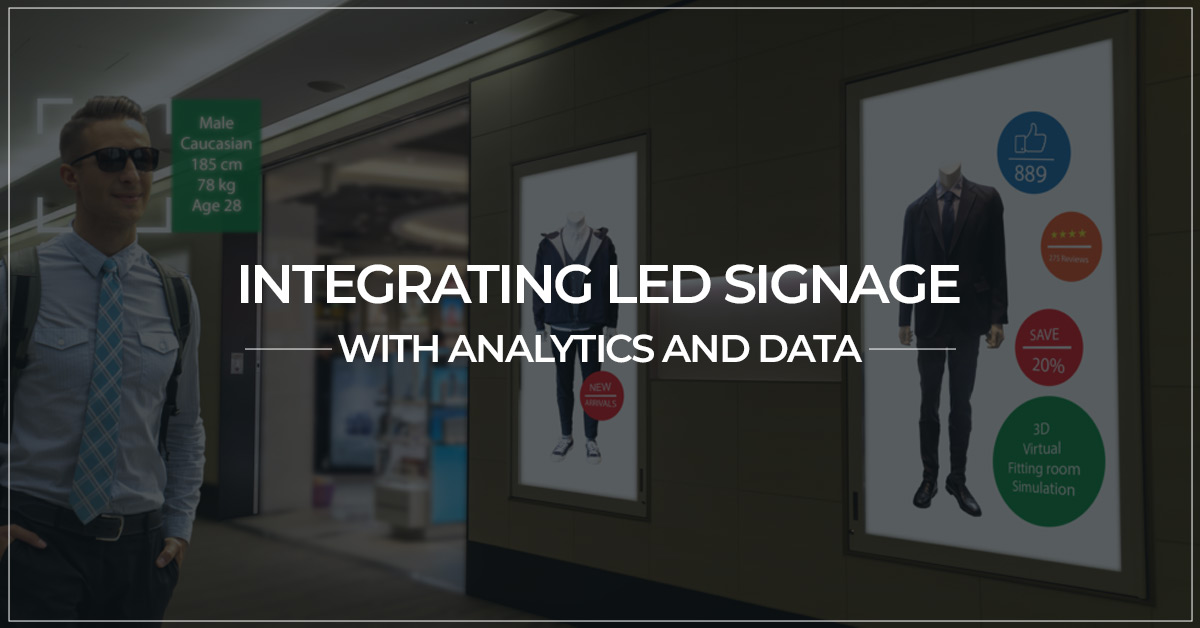In today’s digital age, data has become the cornerstone of decision-making across industries. From retail to transportation, businesses are constantly seeking innovative ways to gather and analyze data to drive insights and enhance operations. One such innovative integration is the pairing of LED signage with analytics, creating a powerful tool for businesses to engage customers and optimize their strategies.
LED signage Chennai, with its vibrant displays and dynamic content capabilities, has long been used for advertising and communication purposes. However, when combined with advanced analytics technologies, these displays can offer much more than just eye-catching visuals. By using the power of data analytics, businesses can transform LED signage into intelligent platforms that deliver targeted messages, gather valuable insights, and drive meaningful interactions.
Understanding the Integration
At its core, the integration of LED signage with analytics involves the use of sensors, cameras, and other data-capturing devices to collect information from the surrounding environment. This data is then processed and analyzed in real-time to generate actionable insights, which are subsequently used to optimize the content displayed on the LED signs.
For example, in a retail setting, LED signage equipped with cameras can capture demographic data such as age, gender, and facial expressions of passersby. This information can be analyzed to determine the effectiveness of different advertisements and tailor content accordingly. Similarly, sensors can track foot traffic patterns within a store, allowing retailers to adjust their signage placement and promotions to maximize visibility and engagement.
Enhancing Customer Engagement
One of the primary benefits of integrating LED signage with analytics is the ability to enhance customer engagement. By delivering customized content based on real-time data, businesses can create more relevant and compelling experiences for their audience.
For example, a digital billboard in a shopping mall can display advertisements for clothing brands targeted specifically at the demographics of shoppers passing by. By analyzing data such as age and gender, the sign board manufacturers in Chennai can dynamically adjust its content to show products that are most likely to relate with each viewer, increasing the conversion.
Optimizing Operations
Beyond improving customer engagement, the integration of LED signage with analytics can also help businesses optimize their operations. By gathering data on clients behavior, preferences, and traffic patterns, organizations can make more informed decisions about everything from inventory management to staffing.
For example, a supermarket chain can use data from LED signage to identify peak hours of foot traffic and adjust staffing levels accordingly. Similarly, analytics can provide insights into which products are generating the most interest, allowing retailers to optimize their inventory levels and promotional strategies.
Driving Insights and Innovation
Perhaps the most significant advantage of integrating LED signage with analytics is the ability to drive insights and innovation. By continuously collecting and analyzing information, businesses can gain a better understanding of their audience and market trends, enabling them to stay before the competition and identify new opportunities for growth.
For instance, an outdoor advertising company can use data from LED billboards to track the effectiveness of different campaigns in real-time. By monitoring metrics such as viewer engagement and conversion rates, advertisers can quickly identify which messages and creatives are resonating with their audience and make adjustments on the fly to maximize impact.
Overcoming Challenges and Ensuring Privacy
While the integration of LED signage with analytics offers tremendous potential, it also presents challenges, particularly around privacy and data security. Collecting and analyzing personal data such as demographic information and behavioral patterns requires careful consideration of privacy laws and regulations to make sure compliance and protect consumer rights.
To address these concerns, businesses must implement robust data policies and security measures to safeguard sensitive information. This may include anonymizing data wherever possible, obtaining explicit data from individuals before collecting their data, and adopting encryption and other security protocols to prevent unauthorized access.
Conclusion
In conclusion, the integration of LED signage with analytics represents a powerful opportunity for businesses to harness the power of data and revolutionize their marketing and operations strategies. By leveraging real-time insights to deliver personalized content, enhance customer engagement, and optimize operations, organizations can gain a competitive point in today’s dynamic marketplace.
However, it’s essential for businesses to approach this integration thoughtfully and responsibly, taking into account privacy considerations and implementing robust security measures to protect consumer data. With the right approach, LED sign boards in Chennai can become much more than just a visual display—it can become a dynamic platform for innovation and growth in the digital age.

